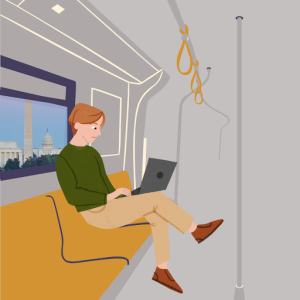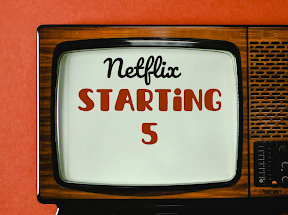Adjusting to public transit near the nation’s capital
BY NATHAN FERRARO, STAFF WRITER
You don’t have to visit another country to experience culture shock. For me, it was moving from a small town in Western Pennsylvania to just outside Washington, D.C. In particular, public transportation has required me to adjust to a new way of living and working.
One of the perks of attending Mason is the accessibility of public transportation: two free bus routes, six shuttle routes, six metro lines, and three train systems are readily available, affordable and easy to use.
I come from an area where the only mode of public transportation is the school bus system—much less any type of passenger rail system.
When you’re used to traveling everywhere by car — determining when you leave, arrive and how fast you get there — it’s hard to adjust to the somewhat unpredictable ebb and flow of public transportation.
The many benefits of public transit are hard to ignore. However, there are some drawbacks, many of which center around timeliness.
The hardest aspect of getting used to public transportation has been the wait time. Tracking a bus live on TransLoc doesn’t always ensure it will arrive when it says it will. When the bus is in high demand, it means more stops and longer wait times. Despite this, it’s hard to be mad at a free ride.
One of the greatest benefits of public transportation is the environmental impact.
“Transportation is a key element of smart growth and can be leveraged to increase access to opportunity, reduce pollution, improve community health outcomes and help the nation reach its climate goals,” according to the U.S. Environmental Protection Agency (EPA).
When more people use public transportation, traffic levels decrease and there is less negative impact on the environment.
Imagine how much more traffic there would be if every single person who takes the Metro into D.C. drove by themselves to the city. It’s bad enough as it is.
If there’s one thing the collective United States is known for lacking, it’s a robust public transportation system. Especially compared to Europe, the U.S. is seen as a hyper-individualistic, gas-guzzling overlord.
However, many metropolitan areas are increasingly providing support for public transportation.
D.C. is ranked fifth in the nation as one of the best cities for public transportation; along with Arlington, Virginia, ranking tenth.
The reason for America’s car-dependent infrastructure and culture goes back several decades ago, to the early 1900s. That car-centered culture has carried on to the 2000s and beyond.
While countries in Asia and Europe are implementing ultra-modern hyper trains, the U.S. still lags behind, opting instead for paving sidewalks that end in the middle of nowhere and planning neighborhoods that make owning a car the way of life.
The future of public transportation in the U.S. is uncertain. However, more city centers are eliminating car-dependent traffic structures and implementing bus lanes and green spaces.
The results of the 2024 presidential election are also sure to set the stage for the coming years of public transportation development.
The incoming conservative administration will most likely not prioritize public transit, opting instead to promote the natural gas, fossil fuel and automobile industries.



